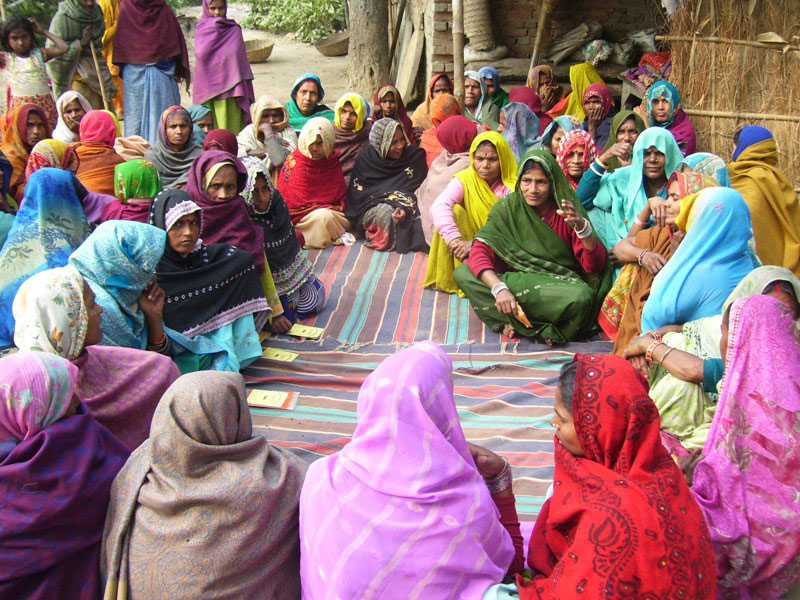The Community Resilience Funds (CRF) serve as an innovative and flexible finance mechanism to channel resources directly to grassroots women’s groups living in risk prone poor communities.
Initially piloted with grassroots women’s groups in India, Nicaragua, Guatemala, Honduras and Peru in 2008; ten years later, groups in 21 countries have collaborated to show its importance as a tool for reducing their vulnerability to climate and disaster threats.
Leveraging the momentum of the Global Commission on Adaptation chaired by Ban Ki-Moon, Bill Gates and World Bank President Krystalina Georgieva, Huairou Commission is working with partners including Slum/Shack Dwellers International, donors and professional allies from financial, development and technical institutions to bring Community Resilience Funds to scale.
HC members work to strengthen capacities of poor peoples organizations, and collaborate with governments and financial institutions to establish operational mechanisms for supporting grassroots-led resilience.




